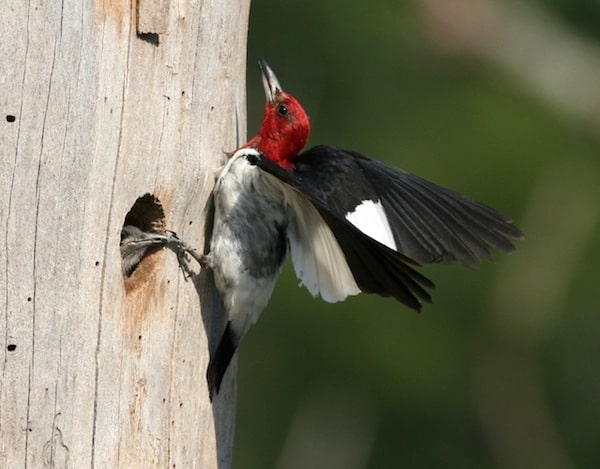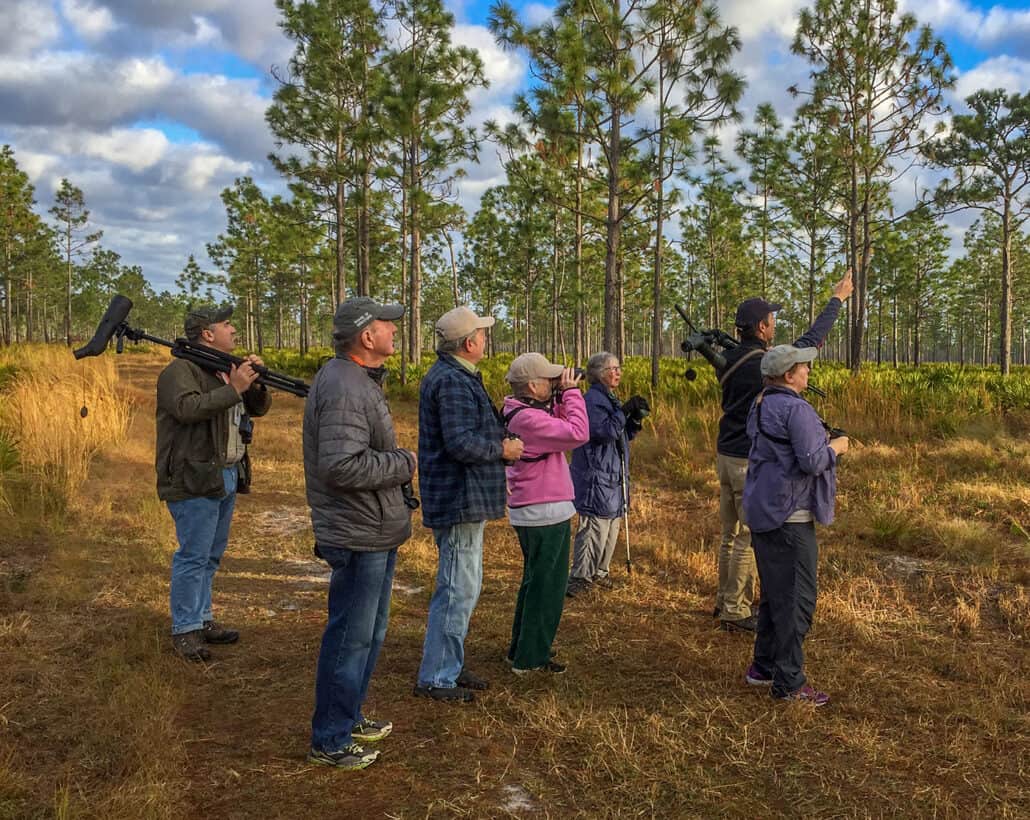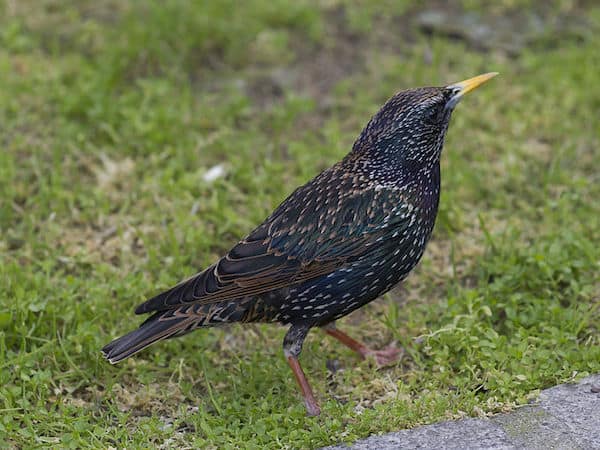A striking combination of red, black, and white, the red-headed woodpecker is our most easily identifiable woodpecker and a favorite of many bird watchers. The red-headed woodpecker could be called the red-hooded woodpecker because the red on adult birds forms a complete hood.
Some mistakenly refer to the red-bellied woodpecker (which has a Mohawk stripe of red) as a red-headed woodpecker. The red-head’s black back and tail are set off by a bright white breast and belly and an all-white patch of secondary (inner) wing feathers. The effect of these contrasting colors is stunning in flight.
Listen for
Red-heads give a call that is an excited-sounding queerp! Also gives a chrrr call in flight. Vocalizations are similar to those of the red-bellied woodpecker, but the red-headed sounds more excited.
Find it
Prior to the 1900s, red-headed woodpeckers were common in cities and towns. Today, red-heads are sparingly distributed across most of the eastern United States, usually in woods with mature oaks or beeches, in isolated woodlots along rivers, or in dead trees along flooded river bottoms and beaver ponds. Habitats affected by humans—strip mines, clear cuts, tree plantations, and farmlands—may attract red-headed woodpeckers so long as there are scattered, standing trees.
Feeding Behavior
Red-heads have the most varied diet of all woodpeckers, but they seem especially attached to acorns and beechnuts. They are excellent flycatchers and are known to eat grasshoppers, fruits, corn, eggs, mice, and even bird nestlings.
When nuts and insects are plentiful, red-heads will cache them for later consumption, hiding food items in bark crevices and knotholes. At bird feeders, red-heads eat sunflower seeds, peanuts, and suet, but they are particularly attracted to cracked corn.
Nesting Behavior
Avid excavators of nesting and roosting holes, red-heads thus provide homes for many other cavity-nesting creatures. Nest holes are almost always in dead trees or dead portions of living trees, though wooden telephone poles are also used.
Five eggs are the normal clutch, and both parents share in the two-week incubation duties. Young birds spend three weeks in the nest cavity before fledging, and they emerge with gray, not red, heads.
WOW!
Red-headed woodpeckers are excellent fliers, and they use their aerial skills to catch flying insects.




